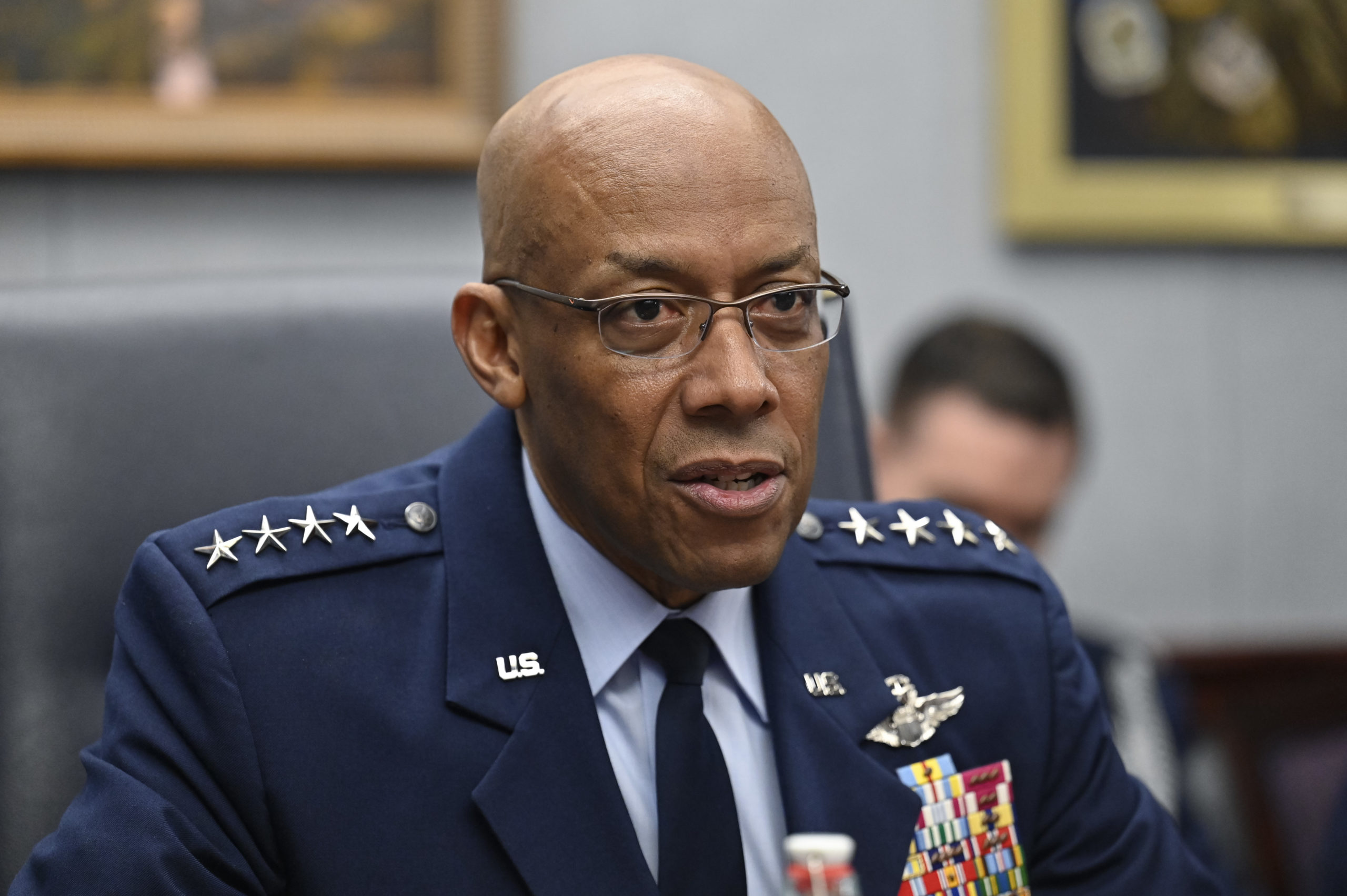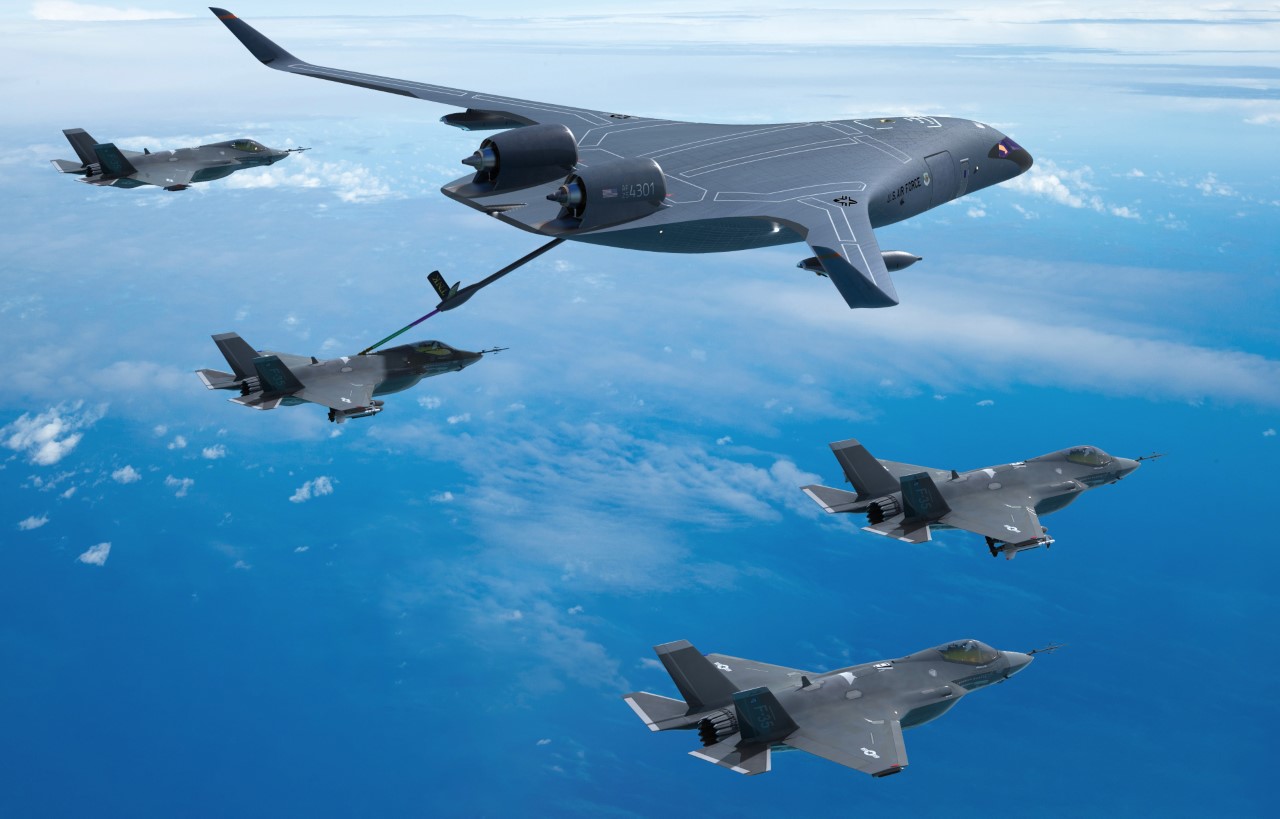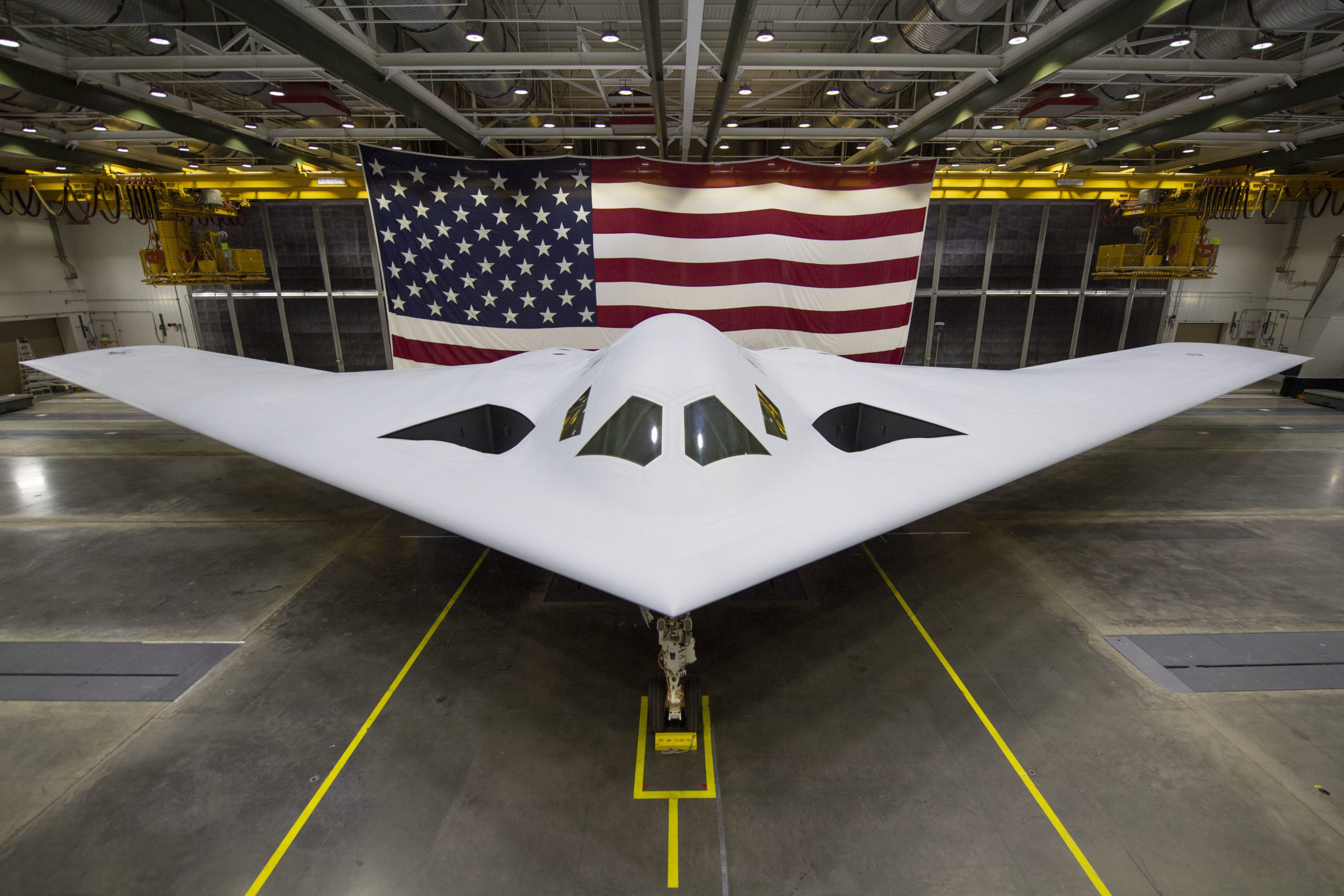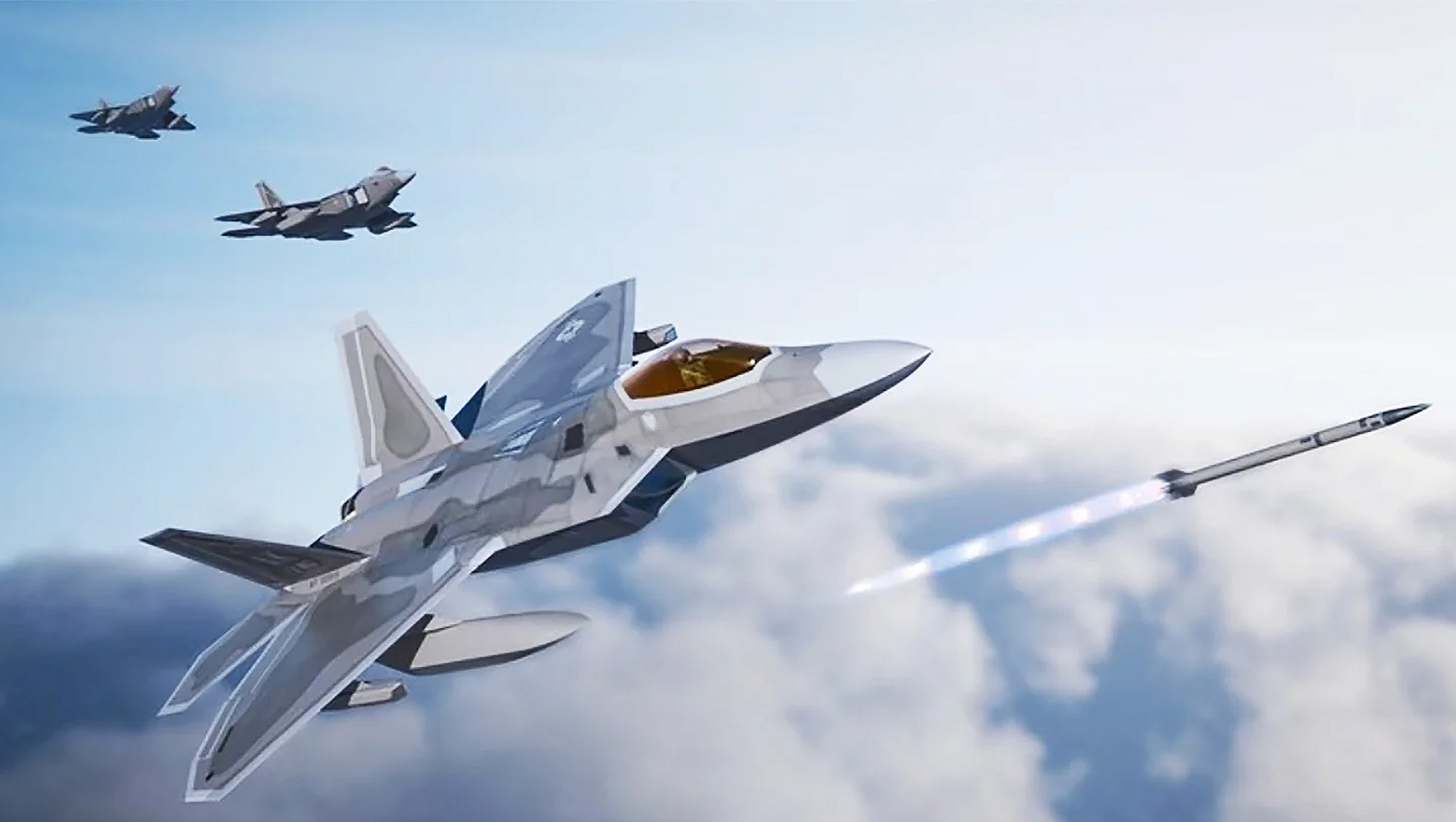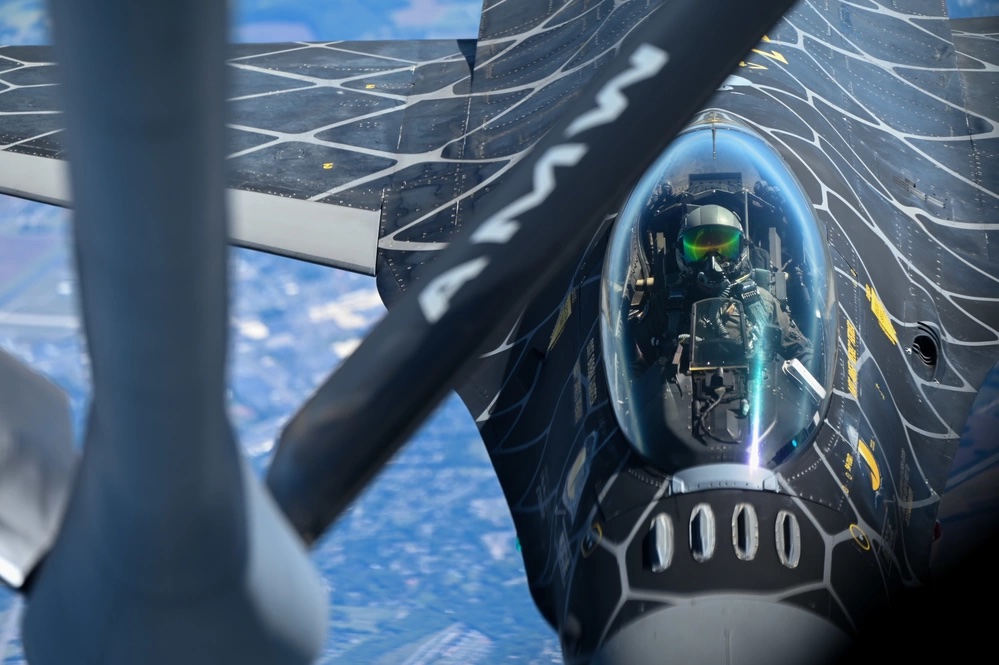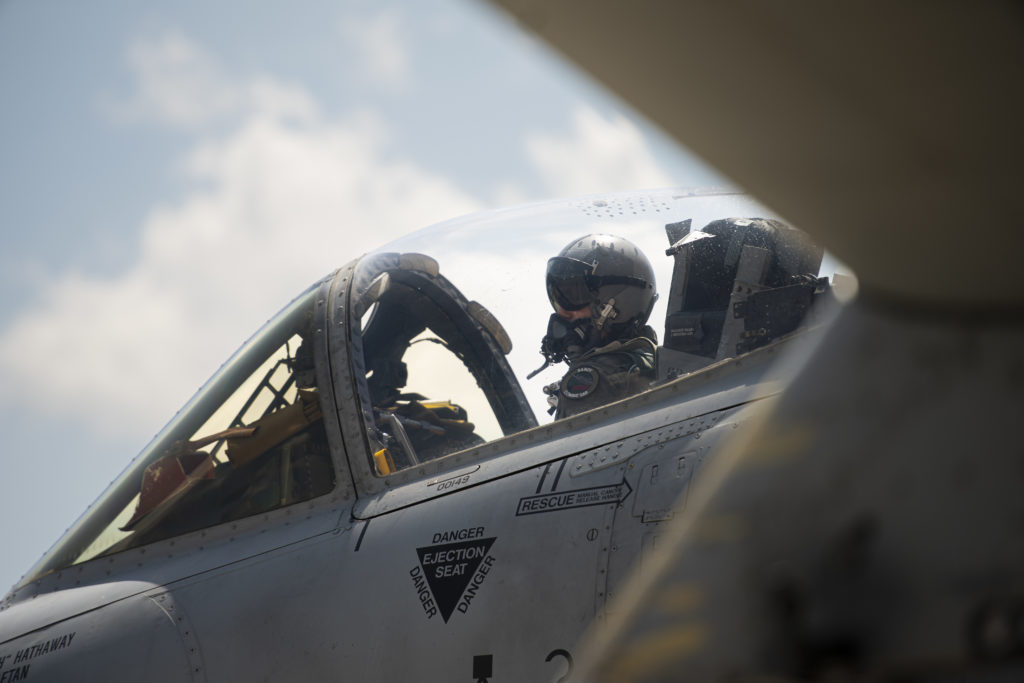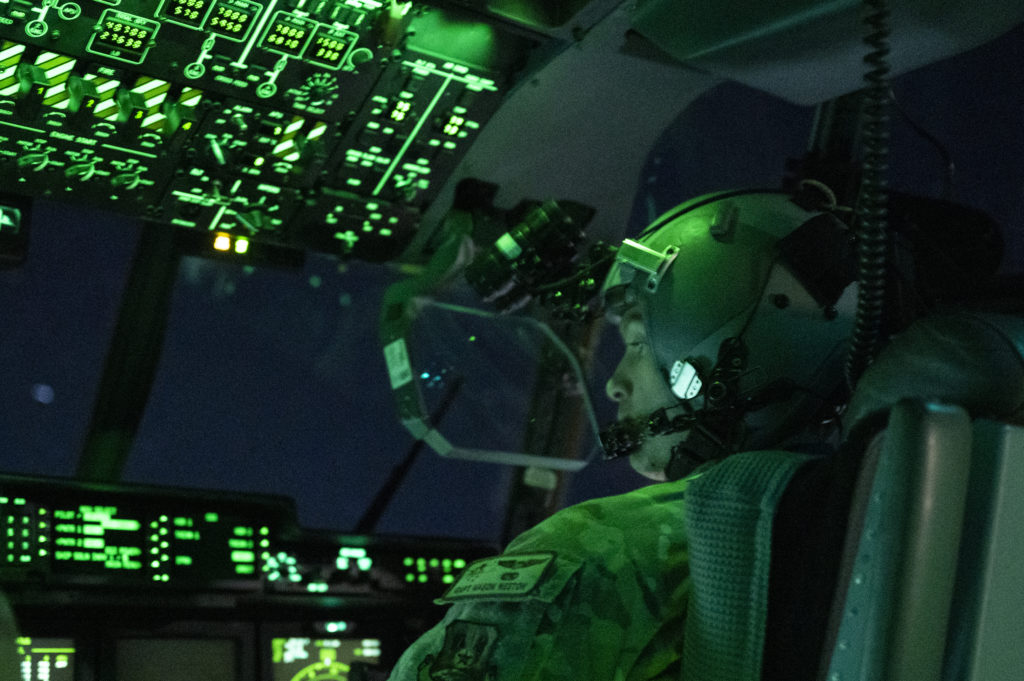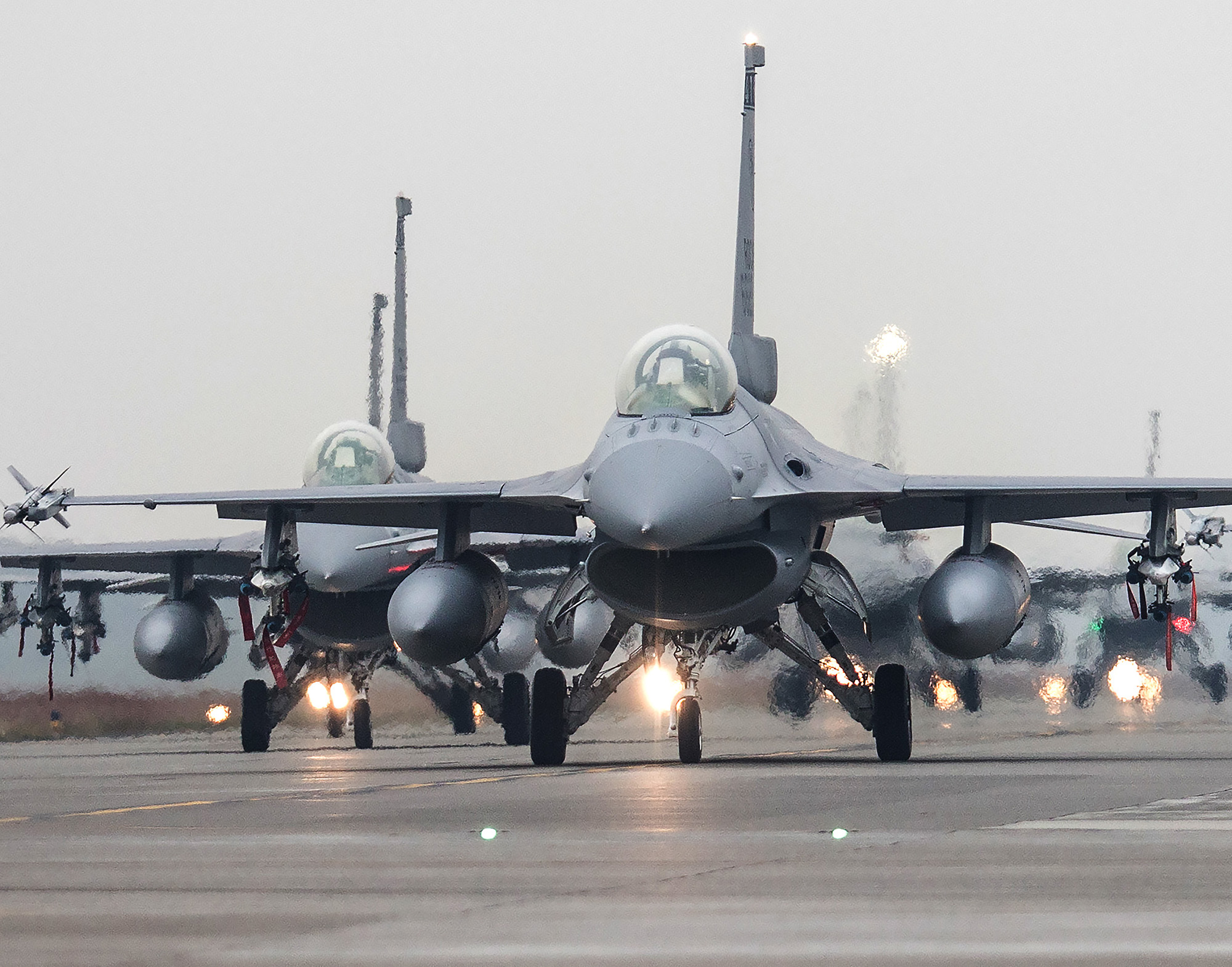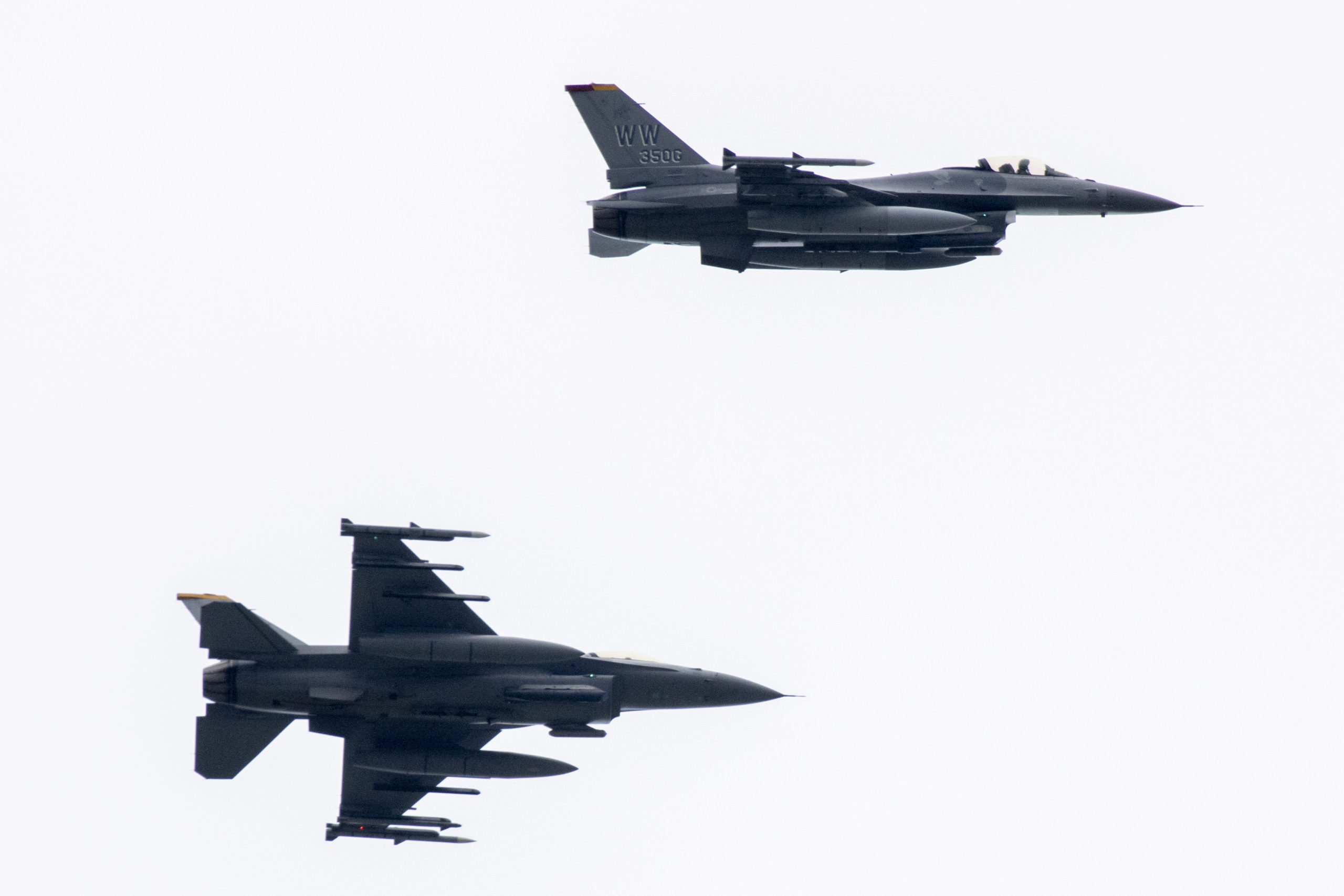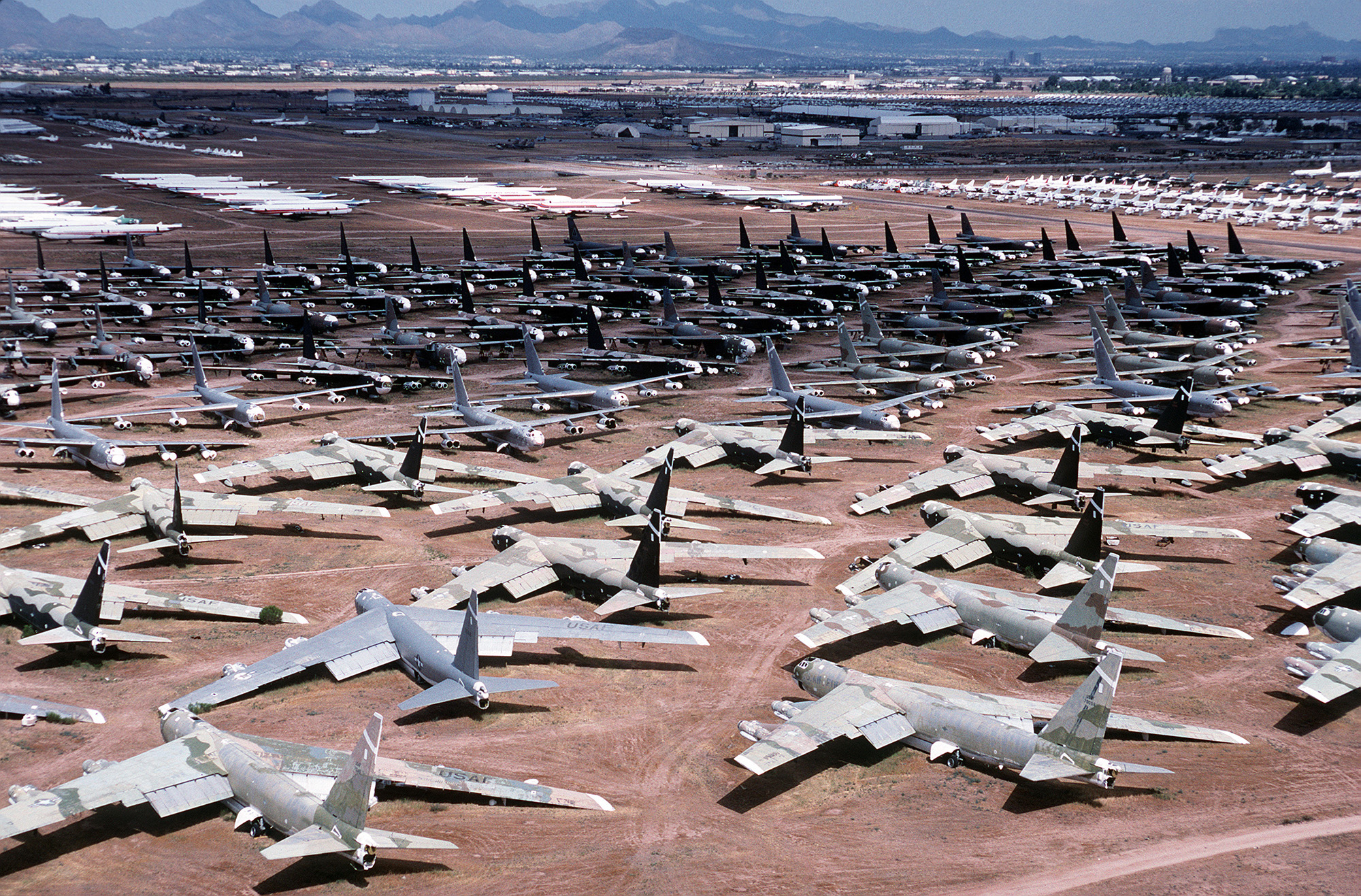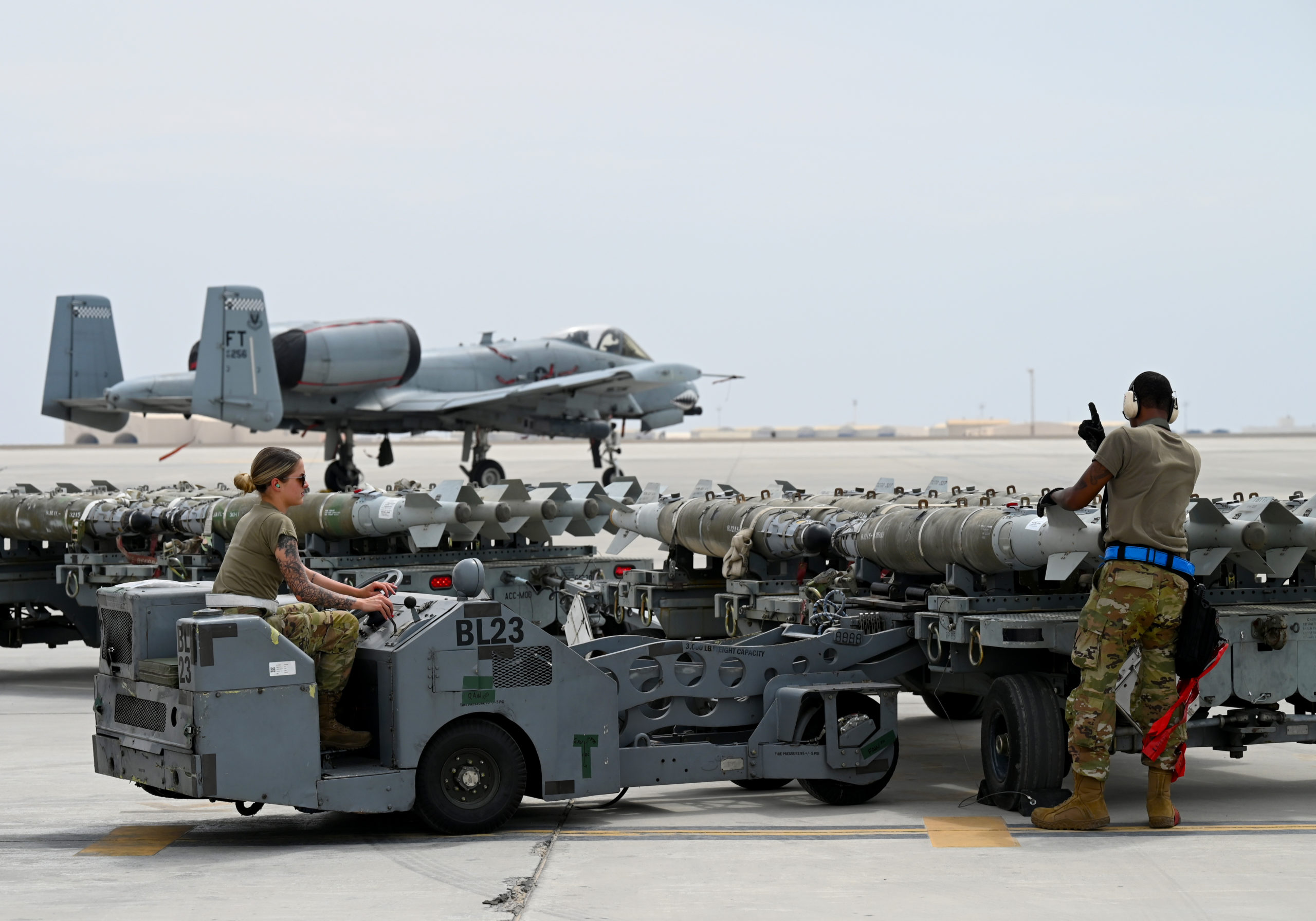The “Leadership Library” of Chief of Staff Gen. Charles Q. Brown Jr. got a lot bigger April 28, as the Air Force announced seven new additions: three books, three podcasts, and one documentary. Together, they make up the largest addition to Brown’s Leadership Library since he revamped the Chief’s Reading List in March 2021.
“Four Battlegrounds: Power in the Age of Artificial Intelligence” by Paul Scharre, highlights how AI can be integrated to strengthen organizations and improve efficiency. To underscore how pervasive artificial intelligence is today, Brown’s letter announcing the update was written in part by ChatGPT, the popular AI chatbot that can produce detailed content based on prompts and parameters.
The seven new and what Brown had to say about each:

“This year marks the 75th anniversary of the integration of women into the Armed Services and the 30th anniversary of the lifting of the ban on women’s service in combat aviation,” Brown wrote. “[This book] is both an inspiring tale of the career of Col. Eileen Collins and an acknowledgment of the proud contributions of female Airmen who have performed valiantly in service to America.”

No Rules Rules: Netflix and the Culture of Reinvention by Reed Hastings
“A must-read to understand the philosophy of mission command,” Brown wrote. “We will continue to enable Airmen and organizations with more freedom to exercise judgment, accept prudent risk, and pioneer novel solutions.”

Four Battlegrounds: Power in the Age of Artificial Intelligence by Paul Scharre
“It’s not a question of whether militaries should adopt innovative technologies, but rather how to apply them effectively,” Brown wrote. “Airmen must explore and experiment with emerging AI technologies to innovate new organizational efficiencies and gain a competitive advantage in warfighting.”

The Truth of the Matter: Wargaming a Chinese Invasion of Taiwan by Mark Cancian, CSIS
“In [this podcast], CSIS’s Mark Cancian explains some of the challenges the U.S. military would face in a conflict with China, including advanced missile technology and the difficulty of defending Taiwan’s coast,” Brown wrote. “Wargaming lessons are foundational in guiding our future force design through initiatives such as the Air Force Future Operating Concept (AFFOC).”

Revisionist History: A Serious Game with Malcolm Gladwell
“Malcolm Gladwell’s … podcast discusses the history and evolution of military wargaming, and how it has been used by the military to prepare for real-life scenarios,” Brown said.

The Anxious Achiever podcast, presented by LinkedIn with Morra Aarons-Mele
“In order to continue promoting a diverse and inclusive culture within the Air Force, it’s imperative to recognize and support the mental health needs of all Airmen,” Brown wrote. “Our DAF Fortify the Force Initiative Team is leading by example in this regard, by breaking down the stigma associated with seeking help and encouraging Airmen to prioritize their mental health. The Anxious Achiever podcast … amplifies the message that mental health is health and asking for help is a display of strength rather than weakness.”
“National Geographic’s Limitless with Chris Hemsworth complements this mentality by showcasing the remarkable resilience of the human mind and body while emphasizing the importance of cultivating mental fortitude to overcome obstacles and achieve personal milestones,” Brown added.
